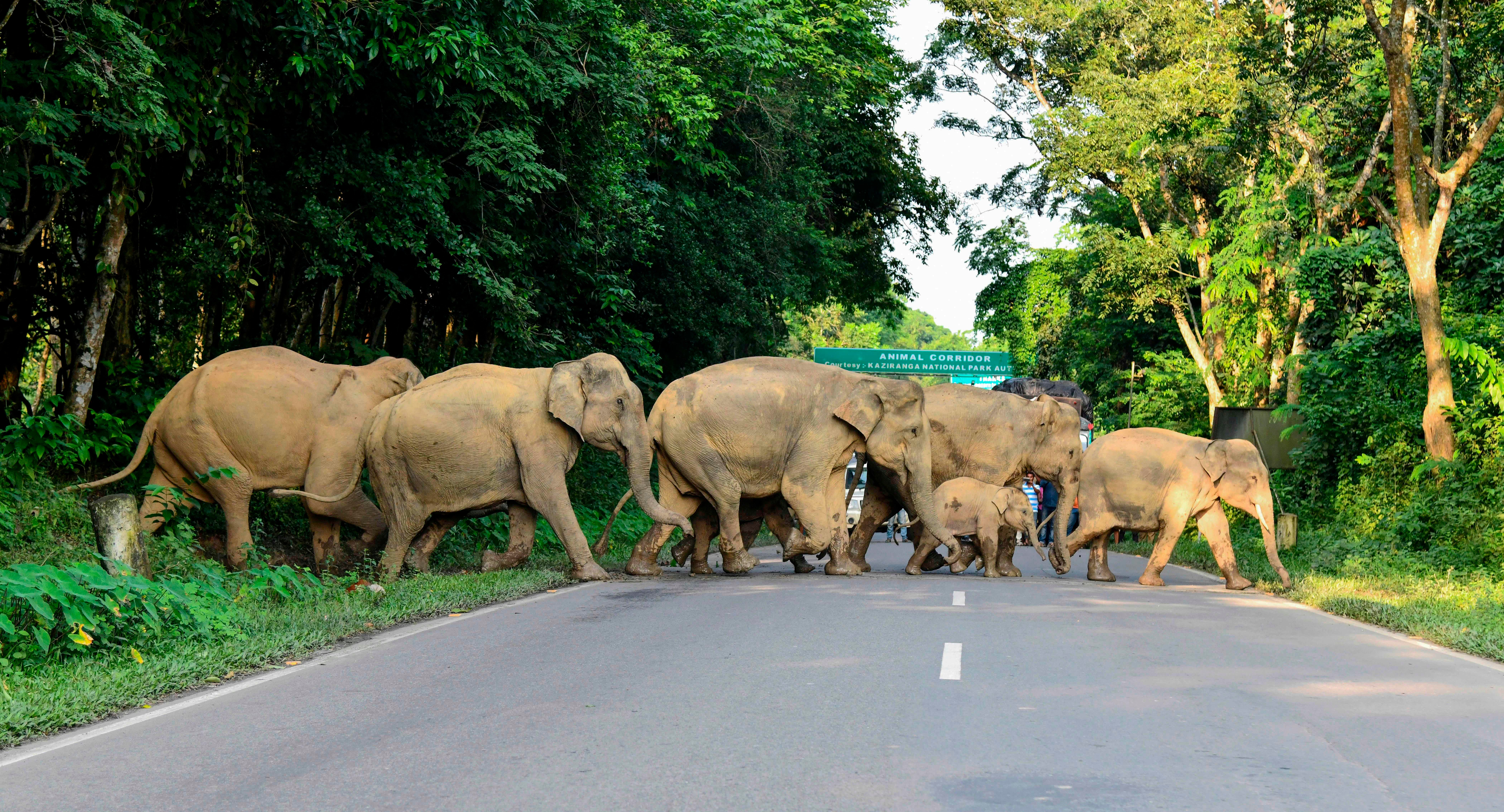Scientists try to unscramble reason behind elephant herd’s 500km marathon trek
The degradation of forests and seasonal reduction in resources is thought to be a possible reason behind the uncharacteristic movements

Your support helps us to tell the story
From reproductive rights to climate change to Big Tech, The Independent is on the ground when the story is developing. Whether it's investigating the financials of Elon Musk's pro-Trump PAC or producing our latest documentary, 'The A Word', which shines a light on the American women fighting for reproductive rights, we know how important it is to parse out the facts from the messaging.
At such a critical moment in US history, we need reporters on the ground. Your donation allows us to keep sending journalists to speak to both sides of the story.
The Independent is trusted by Americans across the entire political spectrum. And unlike many other quality news outlets, we choose not to lock Americans out of our reporting and analysis with paywalls. We believe quality journalism should be available to everyone, paid for by those who can afford it.
Your support makes all the difference.A herd of over 15 Asian elephants in China has for weeks attracted global attention for straying away from their natural habitat, covering more than 500km across the country in the last year, as scientists try to understand the unusual behaviour of the mammoth beasts.
The elephants began their journey from Xishuangbanna National Nature Reserve near the border with Myanmar and Laos, and were last spotted near the city of Yuxi, showing signs of travelling south.
But it is unclear what they will head next, as no one knows why they are on this “trek” in the first place.
Sreedhar Vijayakrishnan, principal scientist at the Centre for Wildlife Studies in Bengaluru, India, says the elephants may have been led astray by human intervention and the want of other resources.
“They kind of moved out of the Xishuangbanna rainforest, a moist habitat probably owing to human disturbances, to the drier areas of Yunnan which may have resulted in a lack of orientation for the group,” Vijayakrishnan told The Independent.
“These are long lived animals and should have been tracked for much longer to say conclusively what is happening. For now we can only speculate,” he added.
Degradation of forests, and a seasonal reduction in resource availability could reduce the ability of these natural habitats to support elephants, and are linked to rise in human-animal conflict, according to a recent study of Asian elephants from the Wayanad plateau in India, published in the journal Current Science.
“There is a lot of degradation and fragmentation happening within forests. And elephants also have strong site fidelity as they maintain specific home-ranges and there is also competition between elephants in these forest areas,” Anoop NR, a co-author of this study from the Ashoka Trust for Research in Ecology and The Environment (ATREE) in Bengaluru, told The Independent.
In the case of the wandering elephants in China, Anoop says if another herd of elephants had been occupying the same forest area, there could have been competition for a critical resource like water during a resource crunch season.
“In such a case, the herds that are unable to maintain the competition with the stronger elephants may disperse and look for a new habitat and go and settle down there. And this is a normal process that happens everywhere, even in south India,” he added.
While elephant herds are matriarchal, with female elephants that the males join only momentarily for mating before leaving, the current population has three male elephants travelling with the herd, foraging for food, napping in forests and bathing in canals along the way.
“There is nothing particularly uncommon about this. Males are also part of the social groups. It is just that when they mature sexually they tend to leave the herd and associate with other males or live solitarily till they socially mature,” Vijayakrishnan said.
“But whether these males are related to the group or not is something we cannot say conclusively at this point of time. We will have to do some genetic analysis to see if they are from the same group. If they are not from the same group it would be of interest to see how they have associated and what point they did this,” he added.
With China being home to only 300 individuals of the endangered species, conservationists and animal behaviour experts are keen to know where the herd is headed to next.
“By and large across their range, Asian elephants are subjected to a variety of threats that has resulted in behavioural change affecting their movement patterns and general feeding behaviour,” Vijayakrishnan said.
In crop-raiding areas, he said, the species has been observed resting all through the day and feeding at night while in their natural habitats these mammals are known to be day-time feeders.
“There is a lot of change happening primarily in response to human disturbances, and this case in China could be one of the examples of how elephants respond to the change in environment in today’s anthropocene,” the CWS scientist added.
Join our commenting forum
Join thought-provoking conversations, follow other Independent readers and see their replies
0Comments